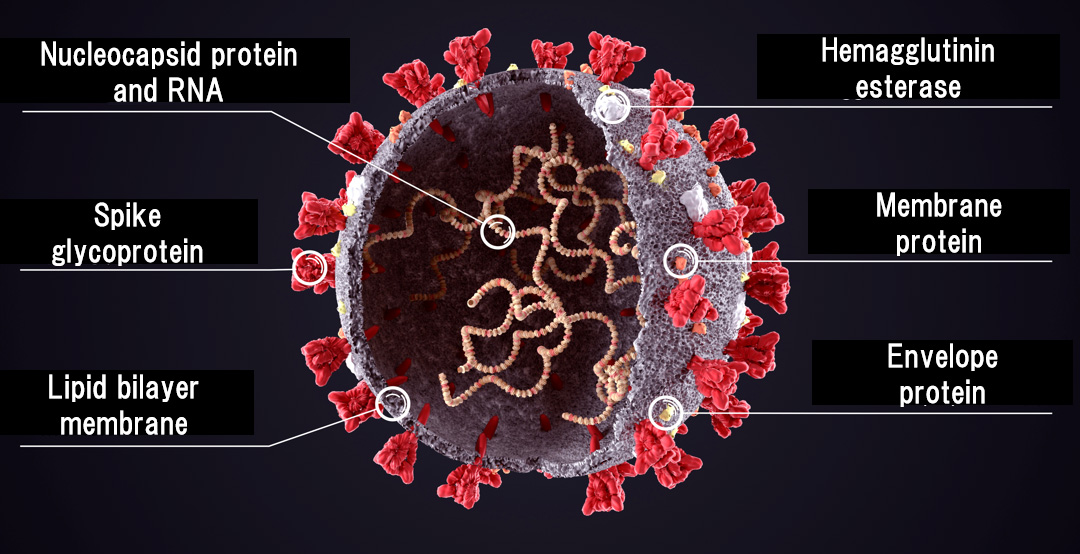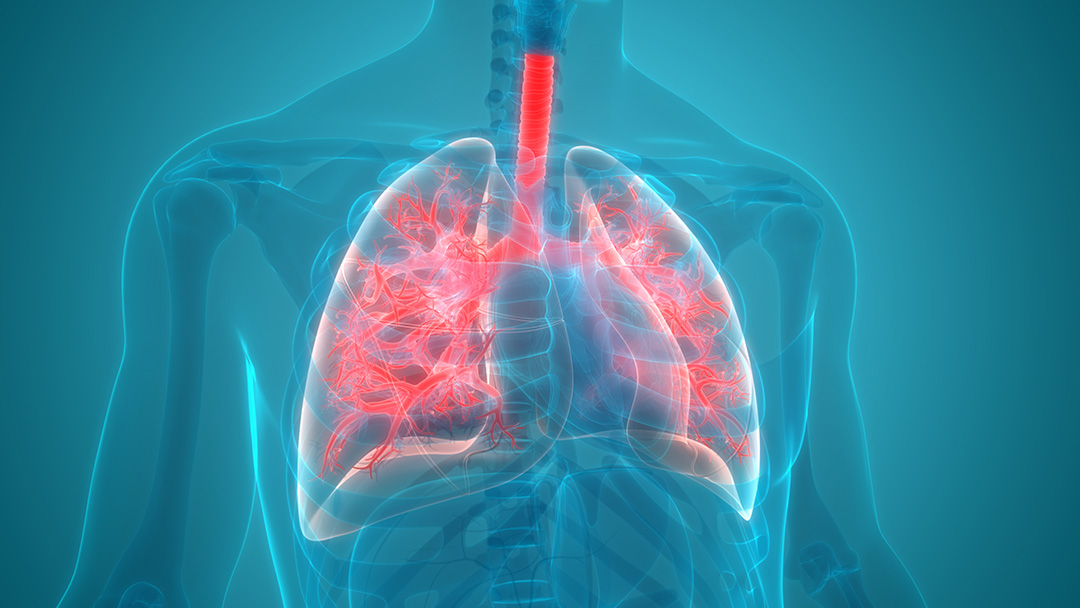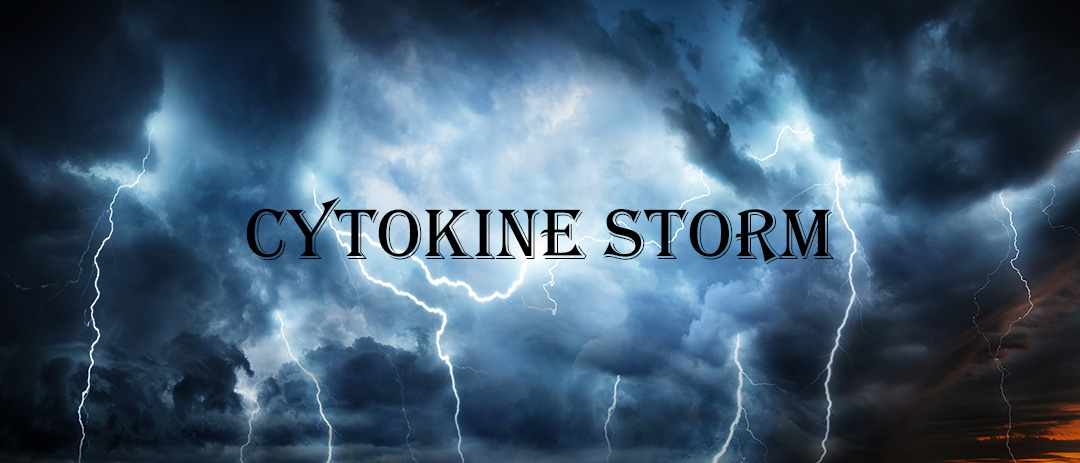




The coronavirus is a type of virus that has crown (corona)-like spikes on its surface. In the new coronavirus (SARS-CoV-2), these spikes bind to angiotensin-converting enzyme 2 (ACE2) of the host cell, after which the viral RNA genome is injected into the host cell (*1).

Currently, seven types of coronaviruses are known to infect humans. Of these, four are common cold-causing viruses that infect the upper respiratory tract (nose, mouth, and pharynx), whereas the remaining three (SARS-CoV, MERS-CoV, and SARS-CoV-2) are β-coronaviruses, which have a positive-strand RNA in their genome and infect the lower respiratory tract (trachea, bronchi, and lungs). However, the latter are more likely to cause extremely serious respiratory symptoms (*2, *3).

Moreover, these three types of viral infections have been reported to cause hyperinflammation in the lungs, leading to multiple organ failure and death. During the infection, a phenomenon called “cytokine storm” occurs wherein cytokines produced by immune cells to fight viruses are uncontrollably released, leading to the damage of our own cells (*4).

However, cytokine storms do not occur in all infected people. In fact, approximately 80% of those infected with SARS-CoV-2 have shown mild symptoms. Quite a few people who possess the antibodies against SARS-CoV-2 are asymptomatic.
Unfortunately, the reason why some people have a cytokine storm and others do not and the behavior of a cytokine storm in relation with β-coronaviruses are yet to be investigated. However, reports have shown that cytokine storms are more likely to occur in the elderly and in people with underlying disorders, suggesting that maintenance of a healthy immune system is important to prevent cytokine storms.
Furthermore, it has been reported that even if a cytokine storm occurs, suppressing the immunity completely using steroids does not prevent the virus from multiplying depending on the timing of administration of the steroid, thereby making the condition worse (*5). Runaway inflammation must also be prevented by blocking the principal cytokine during a cytokine storm, without weakening the basic immunity.
Food components, such as lactic acid bacteria, mushrooms, and lipopolysaccharide (LPS), can help maintain basic immunity. Although these food items activate the immune cells in the mucous membrane of the digestive tract, they do not exacerbate inflammation and can be continuously taken without the risk of side effects.
(*1)New Coronavirus Infection (COVID-19) and Cytokine Storm; Selection of treatment methods from the viewpoint of inflammatory conditions, 医学のあゆみ, 273 (8): 680-690 (2020)
(*2)COVID-19, Cytokines and Immunosuppression: What Can We Learn From Severe Acute Respiratory Syndrome? Clin Exp Rheumatol 38(2):337-342 (2020).
(*3)Nervous System Involvement After Infection With COVID-19 and Other Coronaviruses. Brain Behav Immun doi: 10.1016/j.bbi.2020.03.031 (2020).
(*4)Pathogenic human coronavirus infections: causes and consequences of cytokine storm and immunopathology, Semin Immunopathol 39:529–539 (2017)
(*5)The use of corticosteroid as treatment in SARS was associated with adverse outcomes: a retrospective cohort study. J Infect 51(2):98–102 (2005)

DynaxT bldg. 2F, 2217-6
Hayashi-cho, Takamatsu-shi,
Kagawa-ken,
761-0301 Japan
TEL : +81-87-867-7712
FAX : +81-87-867-7737
Your personal information on this site is protected by SSL.